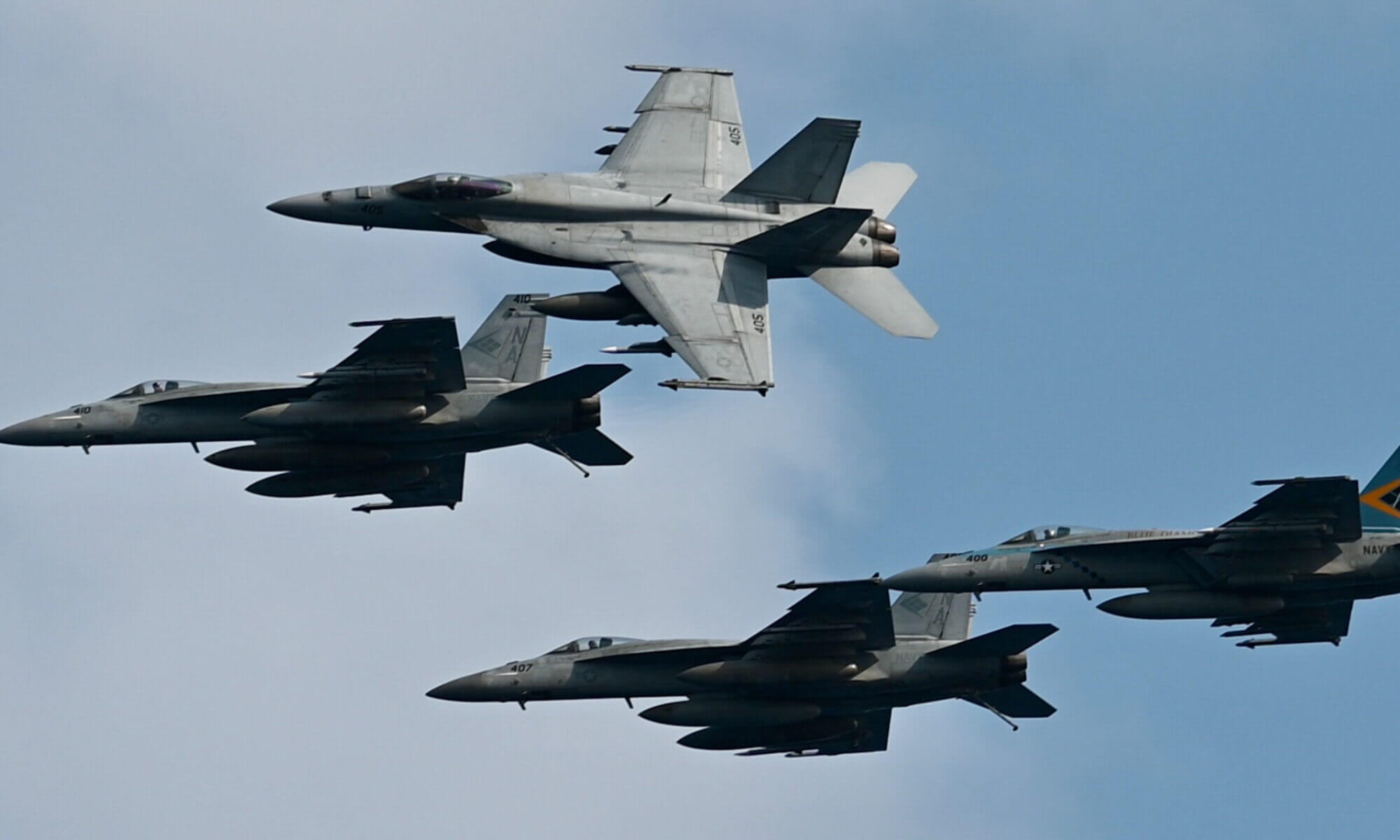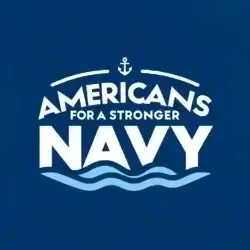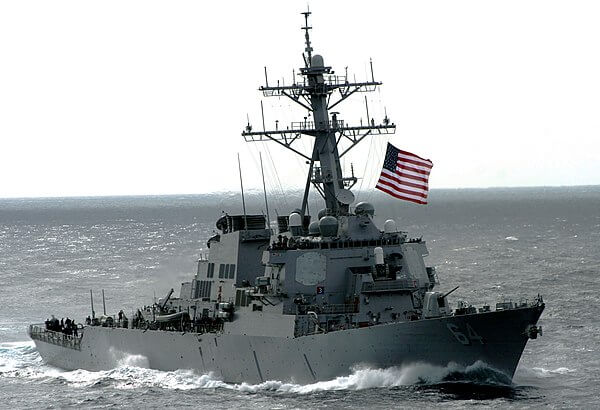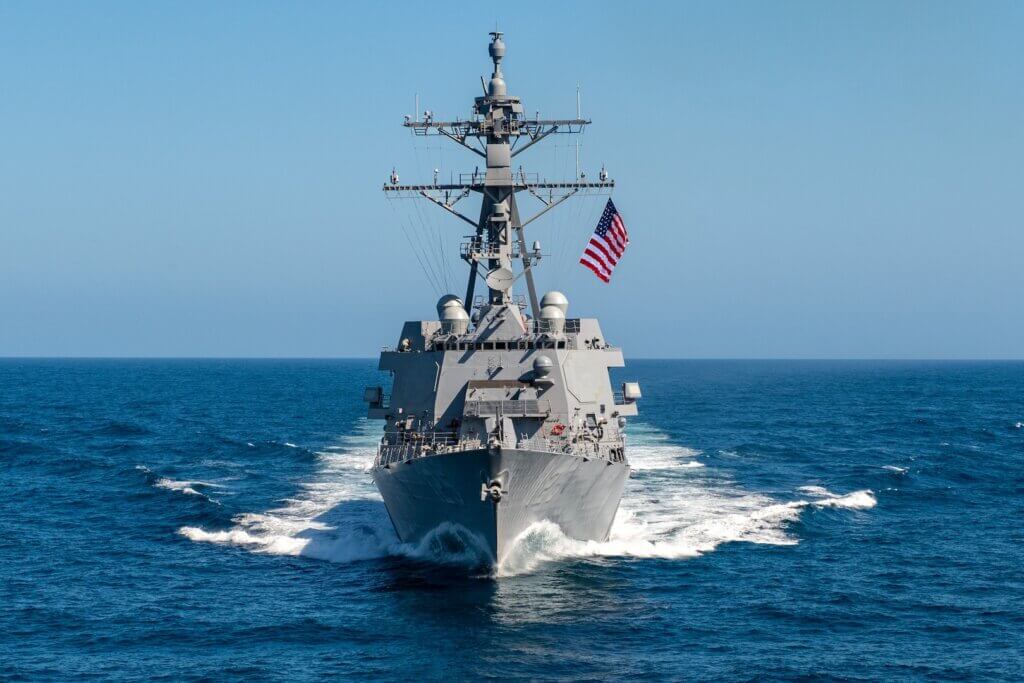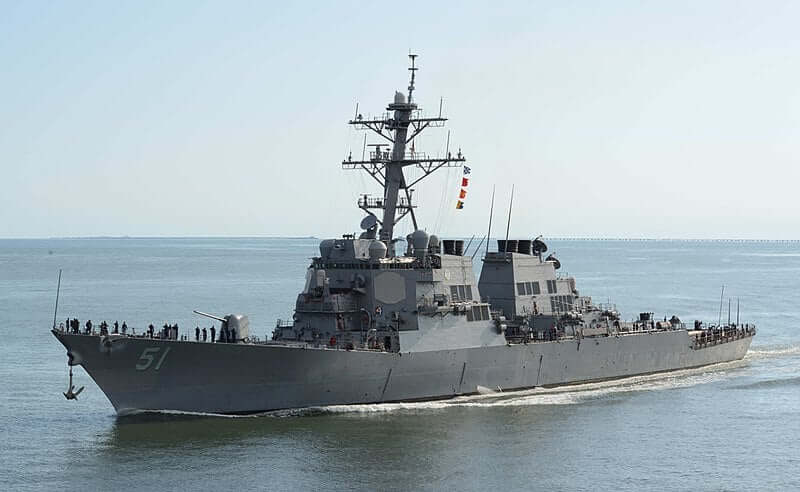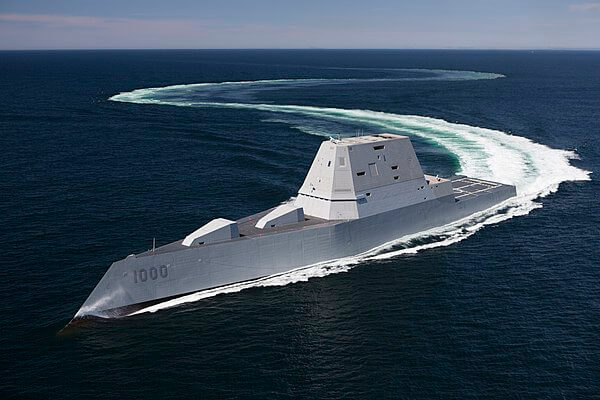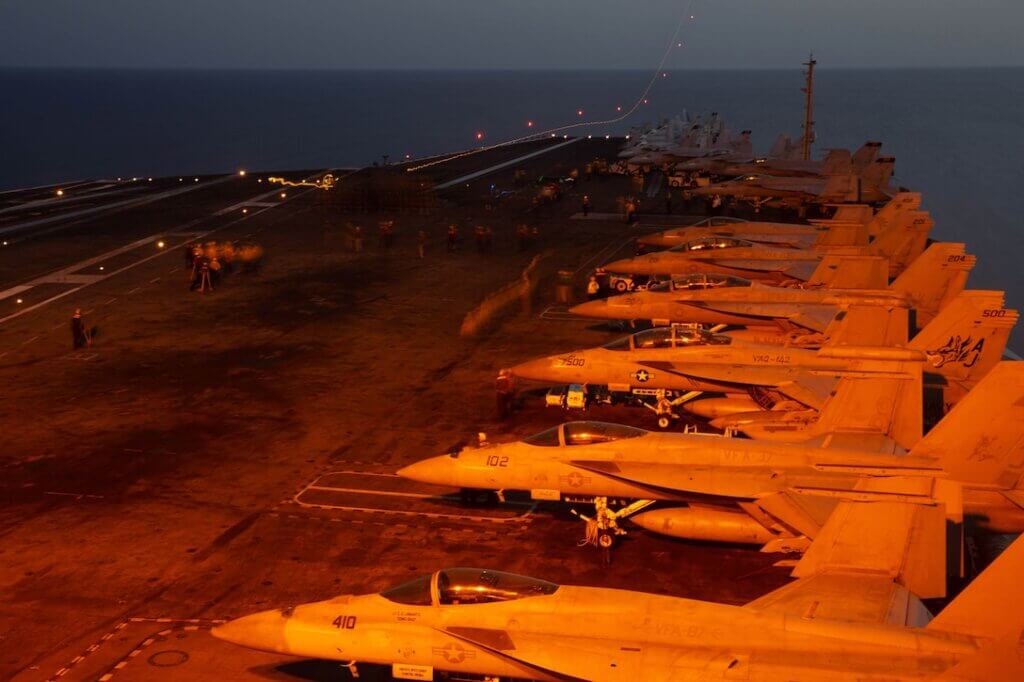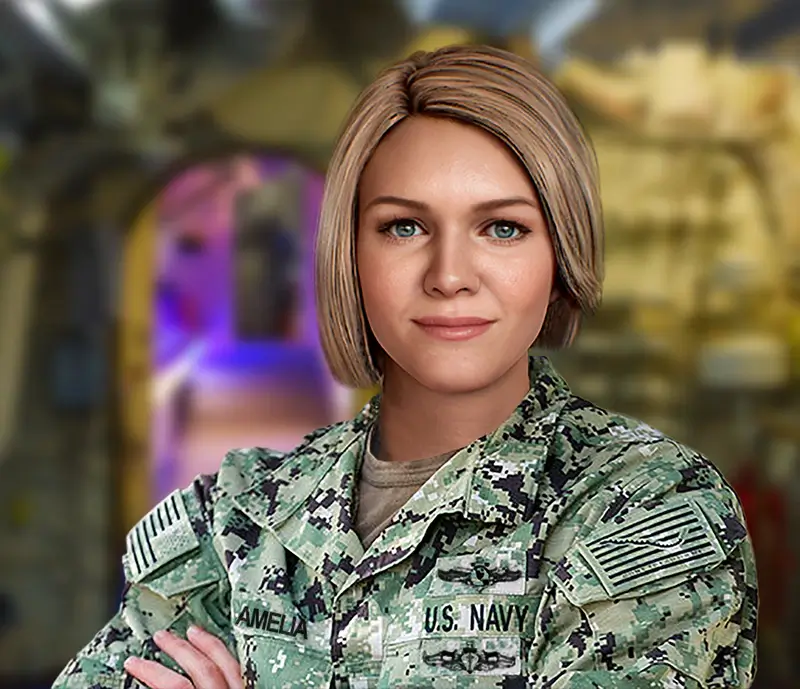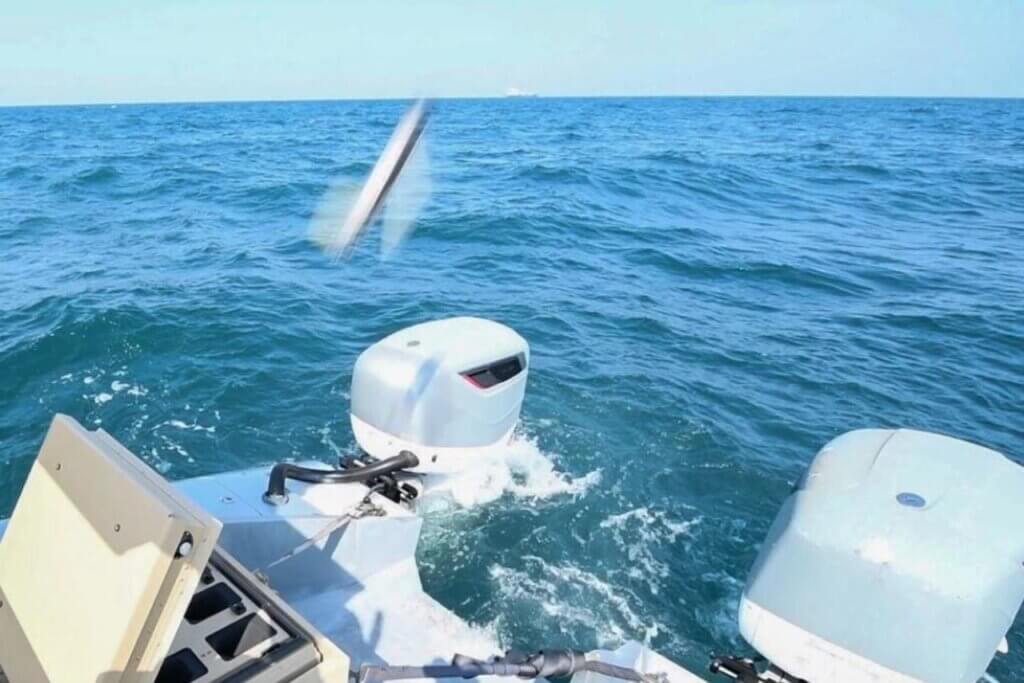
U.S. NAVAL FORCES CENTRAL COMMAND / U.S. 5TH FLEET
Dear Members and Friends,
Some news that demonstrates the U.S. Navy’s unmatched capabilities and leadership in the maritime domain.
On October 23, 2023, an unmanned U.S. Navy vessel successfully fired lethal munitions in international waters in the Middle East, marking the first time such an exercise has been carried out in the region. This unprecedented drill, dubbed Digital Talon, was conducted by the Navy’s Task Force 59, a team focusing on unmanned and artificial intelligence technologies.
Why Unmanned Systems Matter
Unmanned systems are a key component of the Navy’s strategy to respond to the growing threats from China, Russia, Iran, and other adversaries in the maritime domain. Unmanned systems offer the Navy numerous advantages, such as:
• Reduced personnel and manpower requirements
• Reduced risk to personnel
• Lower operating costs
• Greater persistence and range
• Enhanced speed and accuracy of data processing
• Greater access to denied areas
• Faster decision cycle
By integrating unmanned systems with manned platforms and networks, the Navy can create true human-machine teaming that is ubiquitous across the fleet. These systems can enhance the Navy’s lethality, survivability, and agility in both peacetime and wartime operations.
How Digital Talon Worked
During Digital Talon, the Navy used a method called manned-unmanned teaming, which involves the coordination and collaboration between manned and unmanned assets to achieve a common objective. In this case, the objective was to identify and target simulated hostile forces using an unmanned surface vehicle (USV) equipped with a Lethal Miniature Aerial Missile System (LMAMS).
The USV, a MARTAC T-38 Devil Ray, was remotely controlled by a human operator ashore, who made the engagement decisions. The USV used its sensors and artificial intelligence to detect, track, and classify potential targets.
The USV then launched a missile from its LMAMS, which is a small, lightweight, and low-cost weapon system that can be mounted on various platforms. The missile successfully scored direct hits each time, destroying the target boat.
The entire process was overseen by Vice Adm. Brad Cooper, the commander of U.S. Naval Forces Central Command, U.S. 5th Fleet, and Combined Maritime Forces. He praised the achievement as a significant step forward and a demonstration of the Navy’s next-level capabilities.
What This Means for th Future
Digital Talon is the second time in as many months that the Navy has successfully demonstrated its unmanned and artificial intelligence capabilities in the Middle East.
In September, the Navy used 12 different unmanned platforms to track Iranian Navy and Islamic Revolutionary Guard Corps Navy ships and small boats over the course of several days. These exercises show that the Navy is not only developing and testing new technologies, but also applying them to real-world scenarios and challenges.
The Navy is committed to investing in advanced autonomy, robust networks, and unmanned systems to build a more lethal and distributed naval force for the future. The Navy is also working closely with its allies and partners to share best practices and lessons learned from these experiments. By doing so, the Navy is strengthening regional maritime security and enhancing deterrence against malign activity.
We at the Americans for a Stronger Navy are proud to support the Navy’s efforts to innovate and adapt to the changing security environment. We believe that unmanned systems are a vital part of the Navy’s arsenal and a force multiplier for our Sailors and Marines.
We urge you to join us in advocating for the continued funding and development of these systems, which will ensure the Navy’s dominance and readiness in the 21st century.
Thank you for your attention and support.
